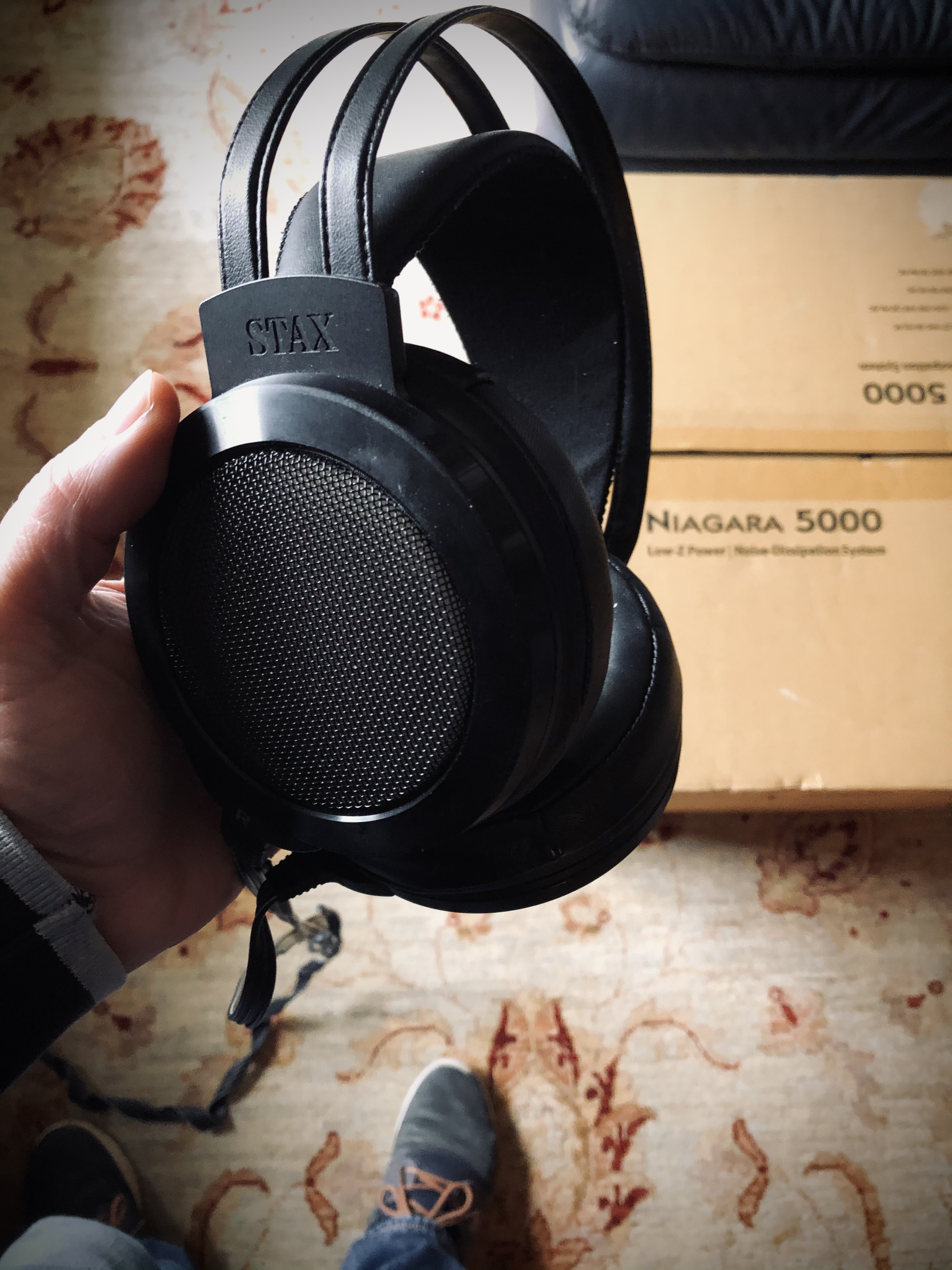I'll draw a car analogy: your black car when covered in snow is still a black car. Cleaning the snow off the car doesn't change the car's colour.
So, for example, adding ferrites to a digital cable to reduce RF noise cannot filter the high frequencies in music. The ferrites can't change the digital data at all. They can't effect a transformation on the bits such that only high frequencies "suffer attenuation". Similarly with a power cable, the signal is either a pure sine wave or a steady voltage. In neither case is the presence of noise of any kind required for the functioning of the cable. That's the engineering answer.
For an experiential answer: your perception of the music is being snowed-on by RF noise which upsets analogue circuits. The noise makes the music sound brittle, confused and simplistic with the following problems:
- bass loses its power, timing and texture - the timing of transients (which is to do with the timing, speed and refinement of the treble) is essential to your perception of bass.
- rhythms become subtly confused - some instruments or notes in a rhythm get unexpectedly emphasised. In general rhythms become simplistic or mechanical.
- harshness (often heard in voices, electric guitars, trumpets) - naturally these can have a "strained" feeling in their sound, e.g. the singer "shouts", but RF noise will exaggerate the effect. There's an overall feeling that the system is playing as loud as it can go or too loudly. The volume knob has a really obvious limit, beyond which the cringe effect is too much.
- confused vocals - smeared treble causes natural sibilants to be exaggerated and sometimes even painful. Dialogue in TV or films becomes confused and unintelligible. Lyrics become mysterious.
- exaggerated treble - finesse and refinement in the treble are ruined by the presence of noise and instruments will sound like their register is shifted upwards, with dynamics that become "plinky plonky".
- soundstage compression - the soundstage squashes up, so that instruments and singers far back are brought forward and any that are at the far left or right get captured by the speakers.
- etched imaging - singers or instruments seem to have a fizz of an outline about them, a sort of hyper real cut out effect.
- false emptiness - often referred to as a "black background" in a recording. What's often happening is that subtle sounds or reverb are being masked by the confusing effect of RF noise. Reverb dies away for a while then suddenly just stops instead of flowing into the next instrumental sounds. Unplayed piano strings lose their sympathetic sounding and the instrument appears dead.
The "broad dampening effect" that you refer to is actually the result of you getting closer to perceiving the black car without any snow!
When a system is radically tweaked it can require that some other setup tweaks are altered. A lot of people use analogue interconnects or speaker cables as filters. Another common tweak is moving the speakers closer to a wall to make the bass sound beefier. Or using less toe-in with the speakers than they are designed for, because the treble was too piercing.
I don't know what your system is, from the DAC onwards, so I have no idea what tweaks you might make there. But it's best to think of any such downstream tweaks as "out of date" when you mitigate RF noise problems that affect the DAC.
I believe you're being patient in the setup and evaluation of your tweaks, so it's not much use me saying "be patient" or "learn to push through the pain of the change". I can only suspect that your dissatisfaction with a lack of energy derives from the qualities of the downstream parts of your system.























